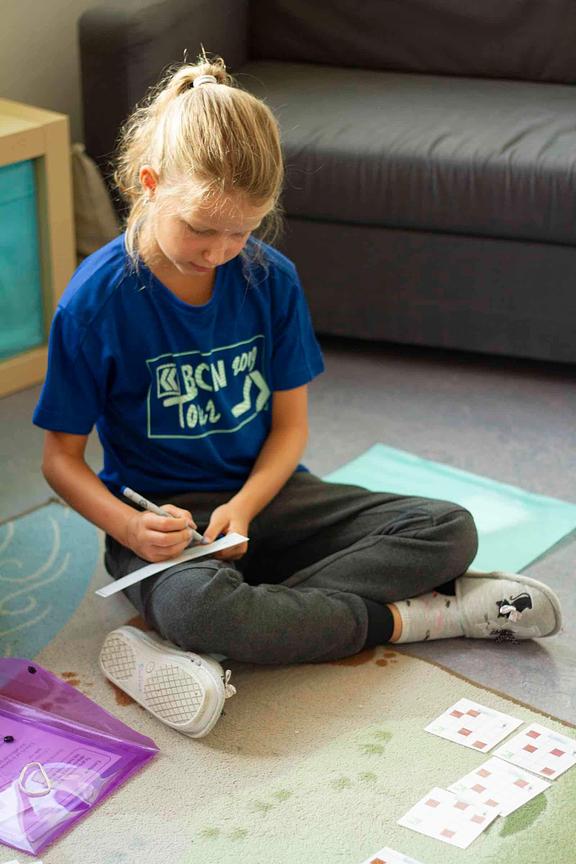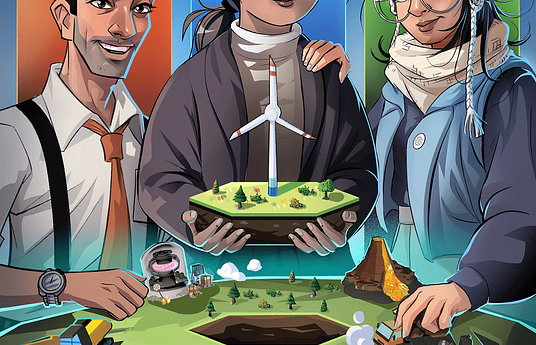The heterogeneity of students (especially the integration of children and young people with special educational needs) and digital change are some of the major educational challenges of our time. The school district of Val-de-Ruz (NE) comprises 2,300 students and 230 teachers at 14 primary schools and one secondary school. "This organization makes it possible to develop projects coherently and across the various levels of primary school — from the 1st to the 11th year."says Fabrice Sourget, director of the Val-de-Ruz School District.
Digital change means that knowledge is no longer focused on one person (the teacher) but can be accessed anywhere and at any time. "This leads to a change of roles. The teacher has to guide the students on their learning pathinstead of imparting knowledge directly. You no longer stand facing them, but by their side,"explains Fabrice Sourget. "When we go online, we show the children how things are connected. We ask them to be critical and to ask themselves questions like 'Why am I being shown this?'"says primary school teacher Joanie Beljean Favre.



